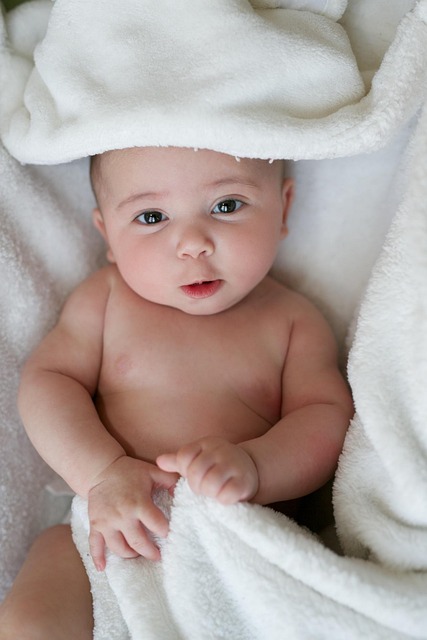If you’re expecting a baby and have been advised that a C-section is necessary, it’s totally normal to have questions about the scar that will follow. After all, bringing your little one into the world is a beautiful moment, and the scar should be a reminder of that, not a source of worry. Let’s dive into what you need to know about C-section scars, including how to care for them and ways to promote healing.
Types of C-Section Incisions
During a C-section, your healthcare provider will typically make two incisions. The first is a horizontal cut made across your abdomen, usually just above the pubic hairline, which is the most common technique. This method helps ensure that the scar is discreet and easy to hide under clothing or swimwear. In some cases, a vertical incision may be necessary if there are complications or if the baby is in a position that requires more access.
How Are C-Section Incisions Closed?
After the delivery, the incisions are typically closed with stitches, staples, or adhesive strips. Your doctor will choose the method that best suits your needs and helps ensure a smooth healing process.
Taking Care of Your C-Section Scar
To promote healing and minimize scarring, consider the following tips:
- Keep the Area Clean and Dry: Gently clean the incision site with mild soap and water, and pat it dry.
- Avoid Tight Clothing: Wearing loose-fitting garments can prevent irritation around the scar.
- Watch for Signs of Infection: If you notice increased redness, swelling, or discharge, contact your doctor immediately.
How Long Does It Take for a C-Section Scar to Heal?
Most C-section scars take around 6 to 8 weeks to heal properly, but full recovery may take longer. Everyone’s body is different, so be patient with yourself during this time.
Minimize Scarring
While some scarring is inevitable, there are ways to reduce its appearance. Keep the area moisturized, and consider using silicone gel sheets or scar creams after your incision has fully healed. For those looking for additional options, cosmetic procedures may also be available.
Common Concerns
It’s natural to have questions about your C-section scar. Here are some things to keep in mind:
- Itching: It’s common for scars to itch as they heal. This is usually a sign of the healing process, but avoid scratching the area to prevent irritation.
- Odor: A noticeable smell may indicate an infection; if you notice this, consult your healthcare provider.
- Numbness: Some women experience numbness around the scar area, which can be normal as nerves heal.
When to Consult a Doctor
If you observe signs of infection or have any unusual symptoms, don’t hesitate to reach out to your healthcare provider. It’s always better to be safe and get the support you need.
If you’re on a journey to conceive and exploring options like home insemination, consider connecting with resources such as Make a Mom for innovative solutions or Make a Mom’s how it works page to understand the process better. You might also find our post on top summer toys for toddlers enjoyable as you prepare for your little one’s arrival. For expert advice on IVF and fertility, check out this podcast from the Cleveland Clinic.
In summary, while C-section scars are a reminder of the incredible journey of motherhood, understanding the types, care, and healing process can help you embrace this part of your experience. Remember to take care of yourself and reach out for support when needed. If you’re looking for more information on pregnancy and home insemination, our Modern Family Blog offers excellent resources tailored just for you!
